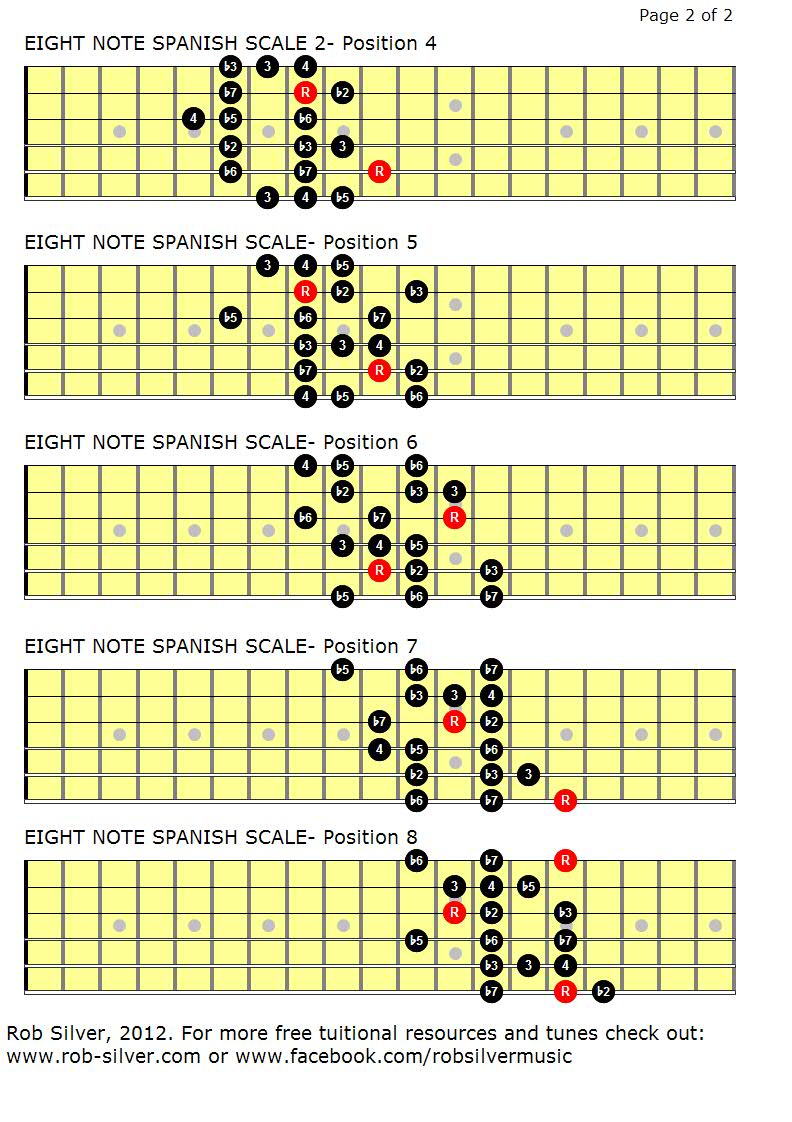The Spanish scale is a fascinating aspect of music theory that has captivated musicians and composers for centuries. This unique scale, often associated with the rich cultural heritage of Spain, offers a distinctive sound that sets it apart from traditional scales like the major and minor. The Spanish scale, also known as the Phrygian dominant scale or the Arabic scale, is characterized by its exotic intervals that evoke a sense of passion and drama. As we delve into the intricacies of the Spanish scale, we will explore its origins, applications, and the artists who have made it their own.
Understanding the Spanish scale is essential for musicians looking to expand their repertoire and infuse their compositions with a vibrant flair. By incorporating this scale into their work, artists can evoke emotions and create immersive musical experiences. From flamenco guitarists to contemporary composers, the Spanish scale has inspired countless musicians to explore new sonic landscapes and push the boundaries of creativity.
In this article, we will embark on a journey to uncover the mysteries of the Spanish scale, answering essential questions about its structure, history, and applications. Whether you're a seasoned musician or a curious beginner, the insights gained from this exploration will enrich your understanding of music theory and inspire your creative endeavors.
What is the Structure of the Spanish Scale?
The Spanish scale primarily consists of seven notes, which can be derived from the natural minor scale. The unique intervals within the scale create its characteristic sound. The formula for the Spanish scale can be outlined as follows:
- Root
- Minor second
- Major third
- Perfect fourth
- Perfect fifth
- Minor sixth
- Major seventh
When played, these notes produce a sound that is instantly recognizable and evokes a sense of drama and emotion. This structure allows the Spanish scale to be used in various musical contexts, from traditional Spanish music to contemporary genres.
How Does the Spanish Scale Differ from Other Scales?
One of the most defining features of the Spanish scale is its exotic sound, which sets it apart from more common scales such as the major and minor scales. Here are a few key differences:
- Intervals: The unique combination of half and whole steps in the Spanish scale creates a distinct sound, unlike the more predictable intervals found in major and minor scales.
- Cultural Influence: The Spanish scale is deeply rooted in the musical traditions of Spain and the Mediterranean, offering a flavor that reflects its cultural heritage.
- Emotional Impact: The emotive quality of the Spanish scale allows for greater expressiveness in performance, making it a favorite among passionate musicians.
Who Uses the Spanish Scale in Their Music?
The Spanish scale has found its way into the music of various artists across genres. Here are a few notable musicians known for incorporating the Spanish scale into their works:
- Paco de Lucía: Renowned flamenco guitarist who masterfully utilizes the Spanish scale in his compositions.
- Manuel de Falla: Spanish composer who integrated the Spanish scale into his classical works, creating a unique fusion of styles.
- Al Di Meola: Jazz fusion guitarist known for his virtuosic playing and use of the Spanish scale in his improvisations.
What Are the Applications of the Spanish Scale?
The Spanish scale is versatile and can be used in various musical contexts. Here are some common applications:
- Flamenco Music: The Spanish scale is a fundamental element in flamenco guitar playing, contributing to its passionate and rhythmic nature.
- Film Scores: Composers often use the Spanish scale to evoke a sense of drama and tension in cinematic soundtracks.
- Jazz Improvisation: The Spanish scale is frequently employed by jazz musicians to create exotic melodies and solos.
How Can You Incorporate the Spanish Scale into Your Music?
If you're a musician looking to explore the Spanish scale, here are some practical tips for incorporating it into your compositions:
- Start with Basic Patterns: Familiarize yourself with the scale by practicing simple melodies and chord progressions.
- Experiment with Chord Voicings: Use the Spanish scale to create unique chord voicings that add depth to your music.
- Improvise: Allow yourself to experiment with improvisation, focusing on the emotive qualities of the Spanish scale.
What Are the Emotional Qualities of the Spanish Scale?
The Spanish scale is known for its ability to convey a range of emotions, from passion to melancholy. Here are some emotional qualities associated with the scale:
- Passion: The vibrant intervals and unique sound of the Spanish scale evoke a sense of passion, making it a favorite among flamenco musicians.
- Melancholy: The minor intervals can convey a sense of sadness, allowing composers to explore deeper emotional themes.
- Exoticism: The scale's distinctiveness adds an exotic quality to music, transporting listeners to different cultural landscapes.
Conclusion: Why Explore the Spanish Scale?
The Spanish scale is a captivating and versatile musical tool that offers a wealth of creative possibilities. By understanding its structure, applications, and emotional qualities, musicians can enrich their compositions and performances. Whether you're drawn to the passionate rhythms of flamenco or the dramatic landscapes of film scores, the Spanish scale provides an avenue for exploration and expression. As you embark on your musical journey, consider incorporating the Spanish scale into your repertoire, and let its emotive power inspire your creativity.
Article Recommendations
- Birth In Bathroom
- What Is Open On Xmas
- Carta Astral Donal Trump
- Comunicado Donal Trump
- Cuanto Pesa Donal Trump
- How Old Is Brielle From Ellen
- Dianna Williams Bring It
- Evangeline Lilly Parents
- Yk Osiris And Diddy
- Ryan Paevey Birthday



